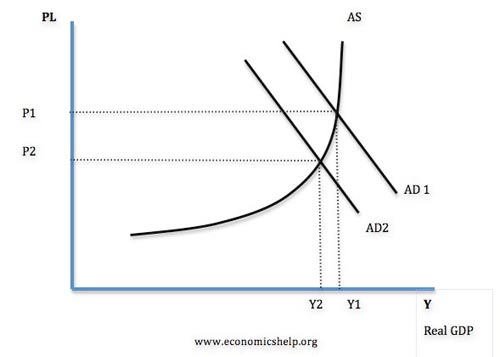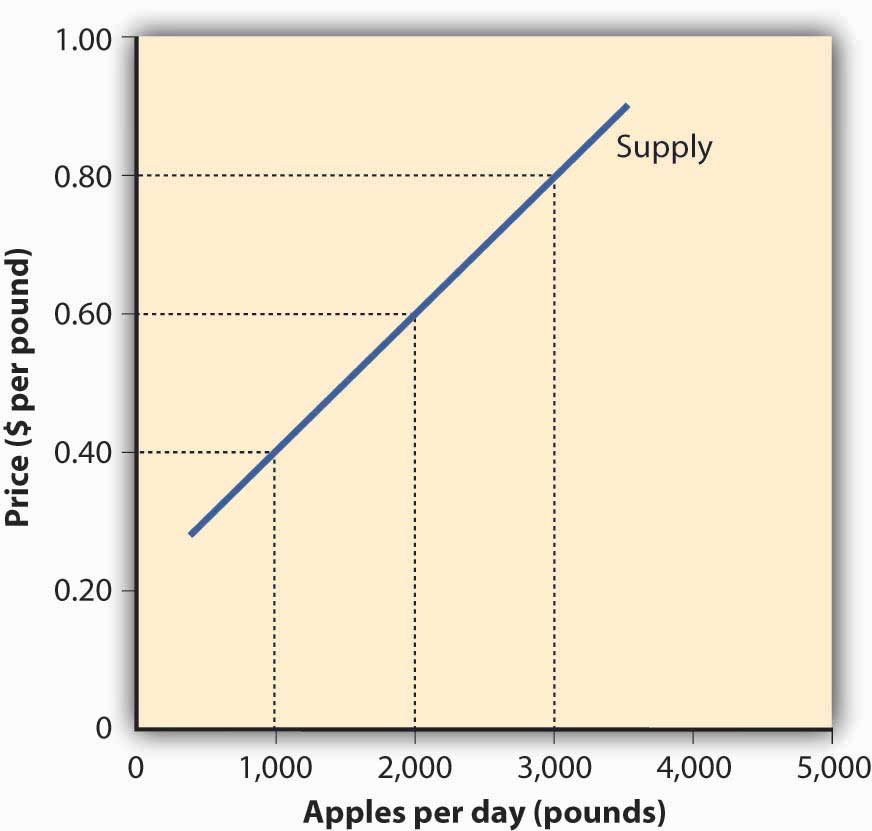- It is the buying and selling of currency.
- The exchange rate (e) is determined in the currency markets
- Current exchange is 77 Japanese Yen to 1 dollar.
- The exchange rate is the price of a currency.
- Do not try to calculate the exact exchange rate.
Tips
- Always change the D line on the one currency graph, the s libe on the other's currency graph
- Move the lines of the two currency graphs i the same direction (right or left) and you will have the correct answer
- If D on one graph increases, S on the other will increase too
- If D moves left to the left, S will move to the left on the other graph.
Changes in the Exchange Rate
- Exchange rates (e) are a function of the supply and demand for currency.
- An increase in the supply of a currency will make it cheaper to buy one unit of that currency.
- A decrease in supply of a currency will make it more expensive to buy one unit of that currency.
- An increase in the demand of a currency will make it more expensive to to buy one unit of that currency.
- A decrease in demand of a currency will make it cheaper buy one unit of that currency.
Dollar Market Graph

Appreciation
- Appreciation of a currency occurs when the exchange rate of that currency increases.
- 100 Yen used to buy $1, now 200 Yen buys $1
- The dollar is stronger because one buys more Yen than it used to.
Depreciation
- Occurs when the exchange rate of that currency decreases
- 100 Yen used to buy $1 now 50 Yen buy $1
- The dollar is weaker because it takes fewer Yen to buy one dollar.
International Trade
Purchasing Power Parity
- When currency rate are set by international market, changes will be based o the purchasing power of the currency
- If US dollar to the European Euro is 1.5 to 1, then each $1.50 will buy one euro. However if a item in US cost a $1.50 and then cost more or less than one euro, the parity is lost.
- Markets will adjust quickly in floating rates or pressure for change will occur in fixed rates.
Why do we exchange currencies?
- To sell export and buy imports.
- To invest in another country's stocks and bonds.
- To build stores or factories in another country.
- To speculate on currency values
- To hold currencies in bank accounts for future exports, imports and business loans.
- To control excessive imbalances.








